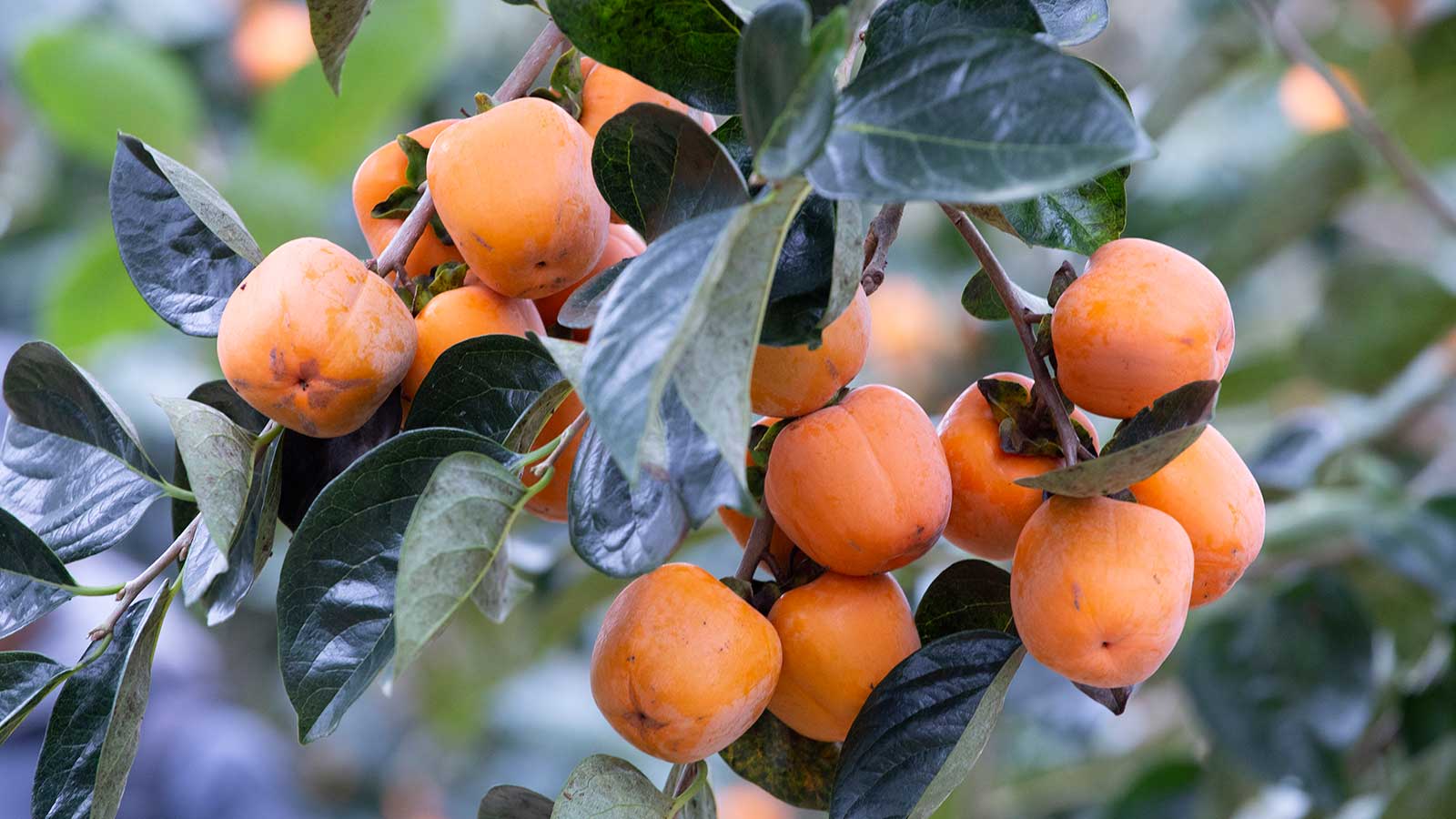
With their sweet taste, bright orange color, and tomato-like shape and texture, persimmons have to be one of my all-time favorite fruits. And if you love them, too, and have an outdoor space of your own, you may be wondering if you can grow a crop at home.
These fruits grow from Diospyros trees, of which there are multiple varieties. They are drought-tolerant once established and require minimal pruning and feeding. They're also unfussy about soil type. In other words, they are pretty straightforward to grow, provided you're in the right hardiness zone.
You can buy these fruit trees as potted plants (there are a variety of persimmons available from Fast Growing Trees). But, if you don't mind waiting a bit longer for a crop – and by that, I mean a few extra years – you can try growing these trees from seeds.
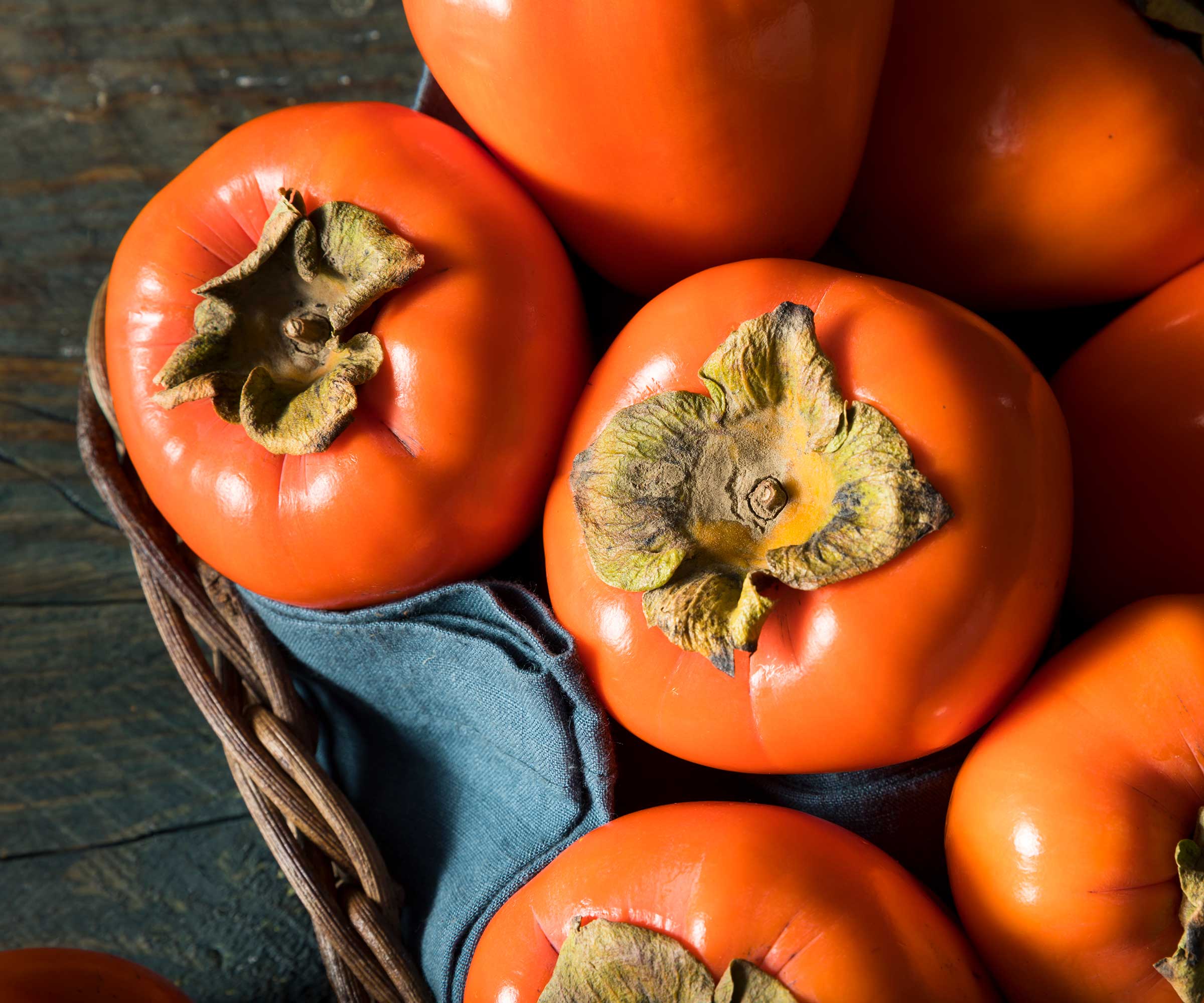
How to grow persimmons from seed
The experts share their growing tips for cultivating these fruits at home.
Where to get persimmon seeds from
The first thing to note is there are two main types of persimmon trees: American persimmons and Asian persimmons. The latter are less winter hardy and slightly smaller trees, with larger fruit which are usually seedless. And, unlike American persimmons, they can self-pollinate, which means you only need one to grow fruit.
However, Charmaine Peters, a gardening expert from Arden, recommends planting American persimmons as they thrive in a wide variety of conditions. Just be aware that you will need a second tree to cross-pollinate them with to ensure a good harvest.
'You can get these seeds online or from local markets,' she says. Alternatively, you can collect the seeds yourself from the fruits – sometimes found at farmer's markets (or perhaps a friend of yours has a harvest they're willing to share). However, if you do this, note that your persimmons generally won't grow true to the seed type.
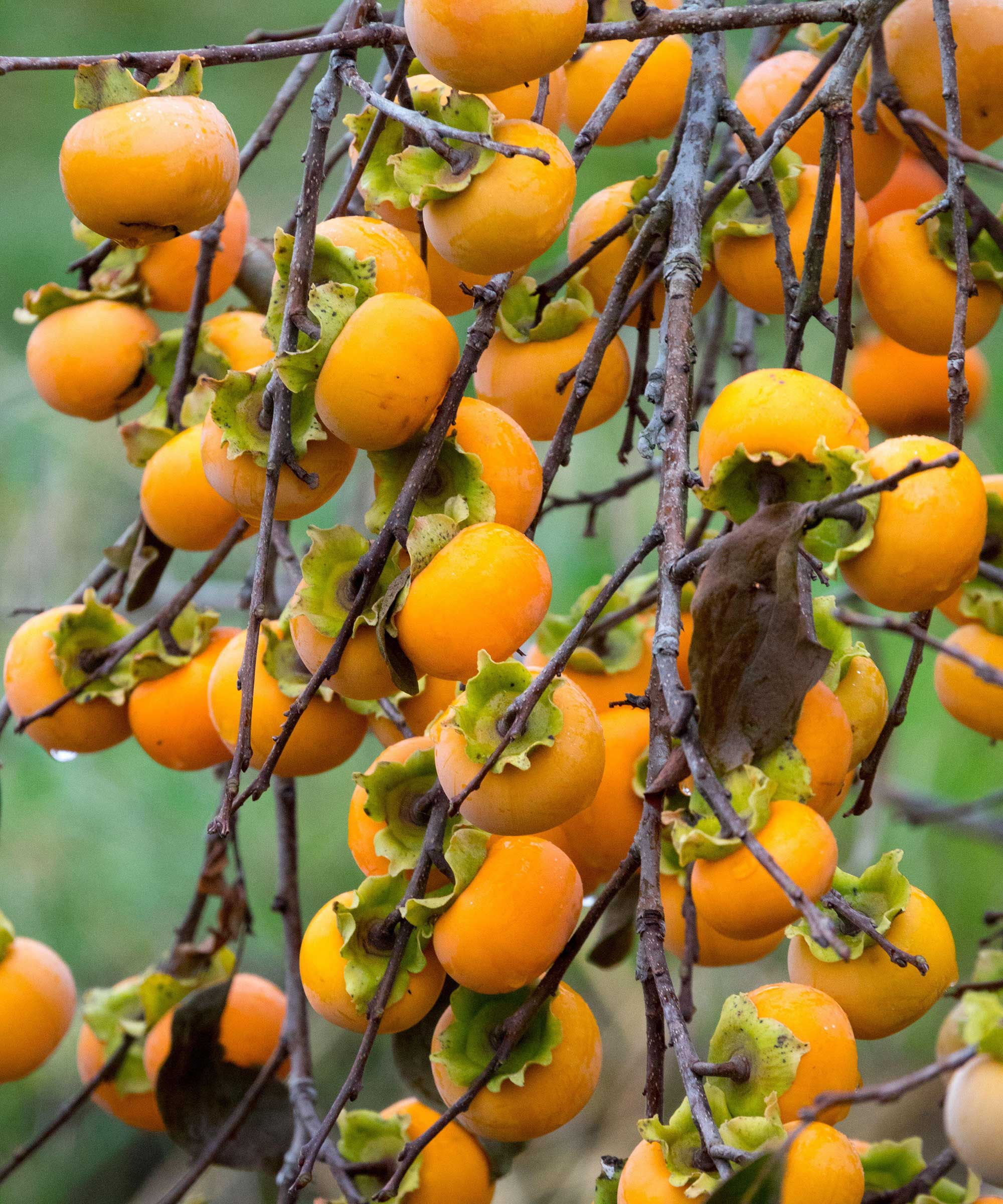
Harvest the seeds from fruits picked between September and late November. 'They should be pumpkin-orange in color, shiny, and soft when pressed,' Charmaine says. 'Avoid getting seeds from unripe persimmons, which are typically green or yellowish, as they are less likely to germinate successfully.'
Once you have the fruit, follow her tips below to extract the seeds:
- Cut the fruit lengthwise and take out the dark brown seeds.
- Wash the seeds to remove any flesh, then soak them in warm water for two to three days to soften their outer cover.
- Discard any floating seeds.
- Wrap each good seed in a damp paper towel in a sealed plastic bag and place it in a shady, warm place. Ensure the paper towel stays moist, misting it if necessary.
- Check the seeds every week to see if they have sprouted; this typically takes one to three weeks.
Top tip: 'Persimmon seeds have a low germination rate, so gather as many seeds as you can for planting to better your chances,' Charmaine advises.
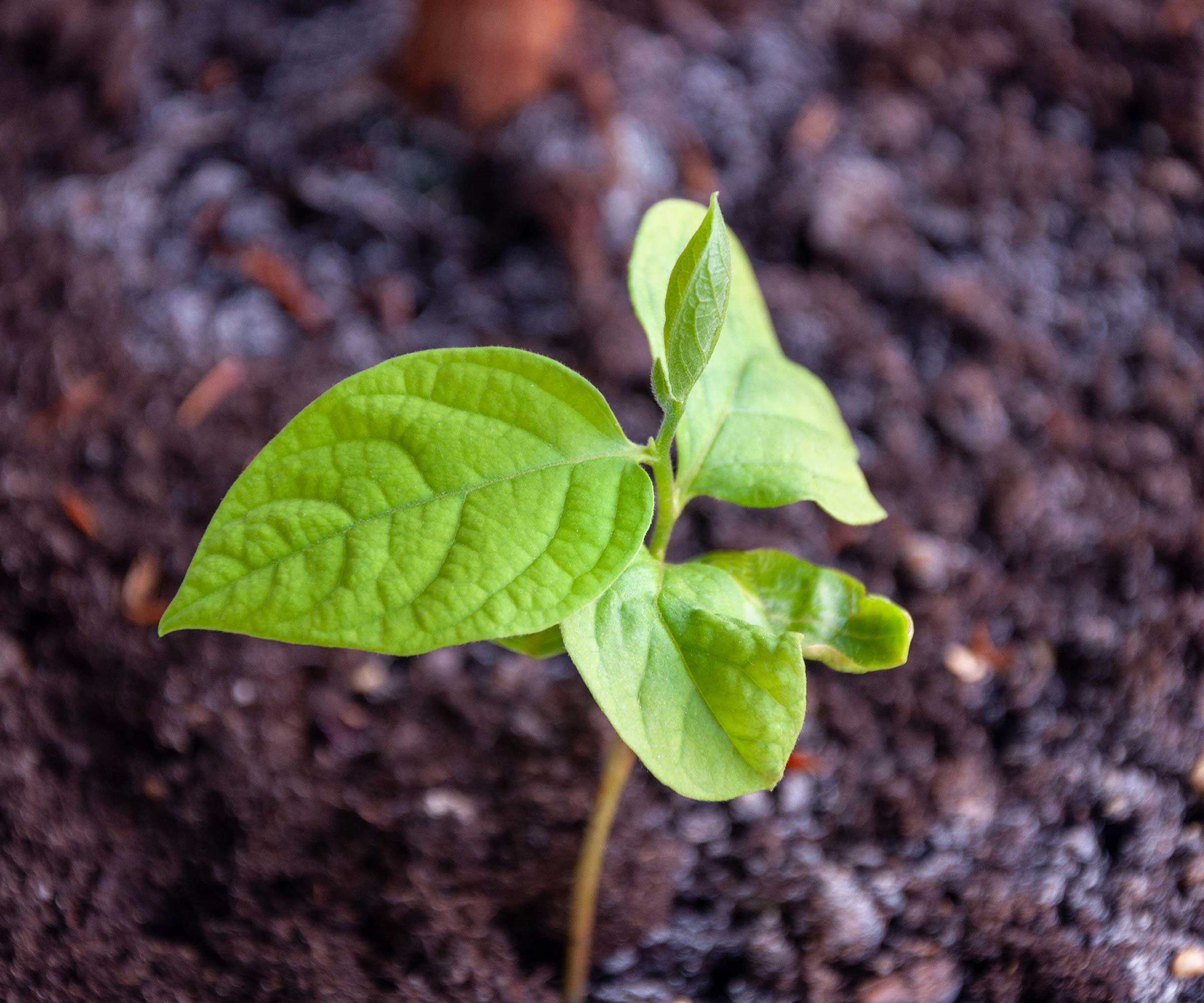
How to plant persimmon seeds to grow a tree
Once your seeds have sprouted, you can plant them in small but deep pots (similar to those used when planting sweet peas, such as these Tierra Garden root trainers from Amazon). Charmaine advises using a well-draining potting mix or creating a mixture of peat moss and perlite or sand. Plant the seeds about two inches deep in the soil, she says.
Place your containers in a sheltered, frost-free, sunny spot and keep the soil moist.
Once the seedlings have two to seven leaves, carefully transfer them into bigger pots, Charmaine instructs. 'Take the soil around the roots by using a spoon or a handheld shovel.
'Repot your plant with fresh soil every two or three years,' Charmaine continues. 'Since the tree has long taproots, it will need a lot of soil space to grow, so a large container of at least 22 to 24 inches wide and deep with good drainage can help the tree grow well.'
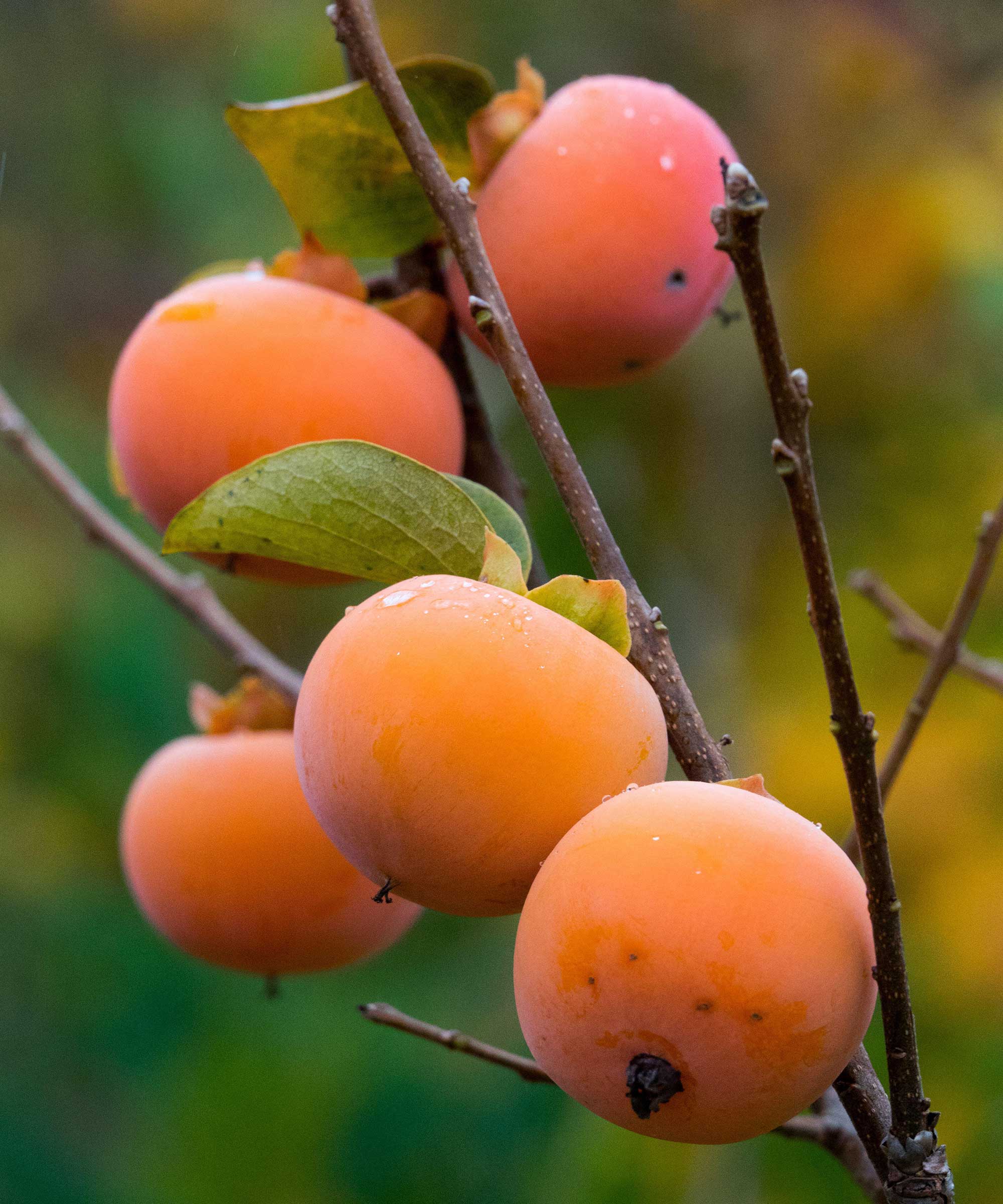
At some point, you may wish to plant your tree into the ground. To do so, dig a hole four times wider than the root system and half as deep, Charmaine says.
Santiago Flores, a gardening expert and the founder of KY Tree Care, recommends choosing a location with full sun to partial shade and well-drained, slightly acidic to neutral soil. Water thoroughly after transplanting, he adds.
Charmaine recommends applying a thick layer of mulch at the tree base to keep the soil moist. When the tree has been growing for five years, you can start pruning it, she says.
'Remove branches that cross each other or those that interfere with the trunk.' As it matures, you may also need to provide support to its branches, Santiago adds.
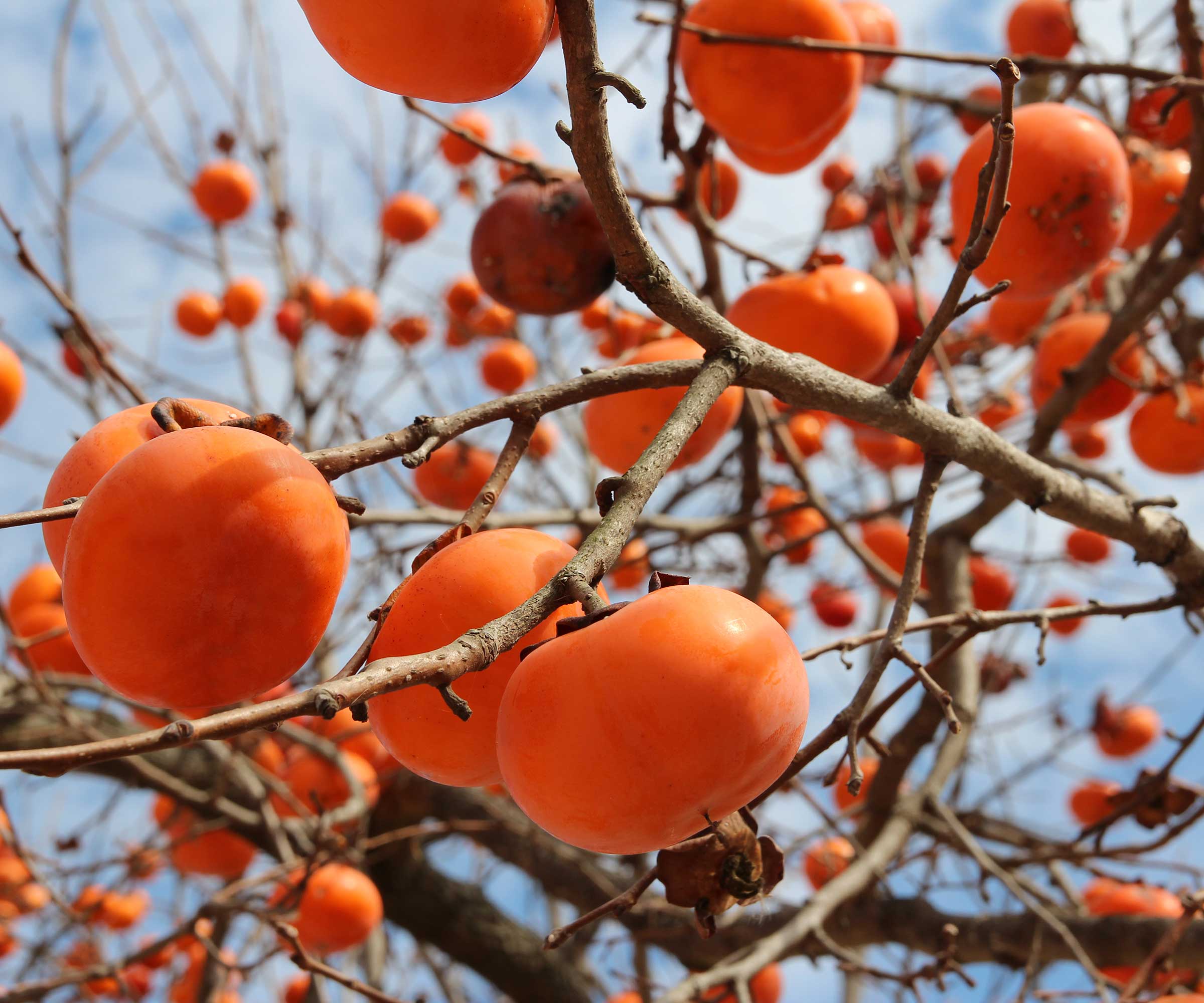
FAQs
How long will persimmon trees grown from seed take to produce fruit?
'Persimmons are not fast-growing fruit trees, so you'll need patience before you can harvest the fruits of your labor,' says Charmaine Peters of Arden. 'It takes three to five years for a persimmon tree grown from seed to bear fruits.'
Do you need to stratify persimmon seeds?
Stratifying the seeds after you harvest them in the fall can increase the chances of success. To do this, wrap them in a moist paper towel and refrigerate them for two to three months to simulate winter conditions, recommends Santiago Flores of KY Tree Care. You can then plant them in early spring.
How tall do persimmon trees get?
'An American persimmon tree can grow between 30-60ft tall,' says Charmaine. 'So, when planting a persimmon tree in a garden, allocate space of at least 20 square feet to ensure your tree has enough room to flourish and produce a bountiful harvest.'
Asian persimmons grow slightly smaller, maturing to around 20-25ft.
Persimmons are just one of the many beautiful fruit trees suitable for backyards. If you have the space, why not try growing a peach tree from seed, too?







